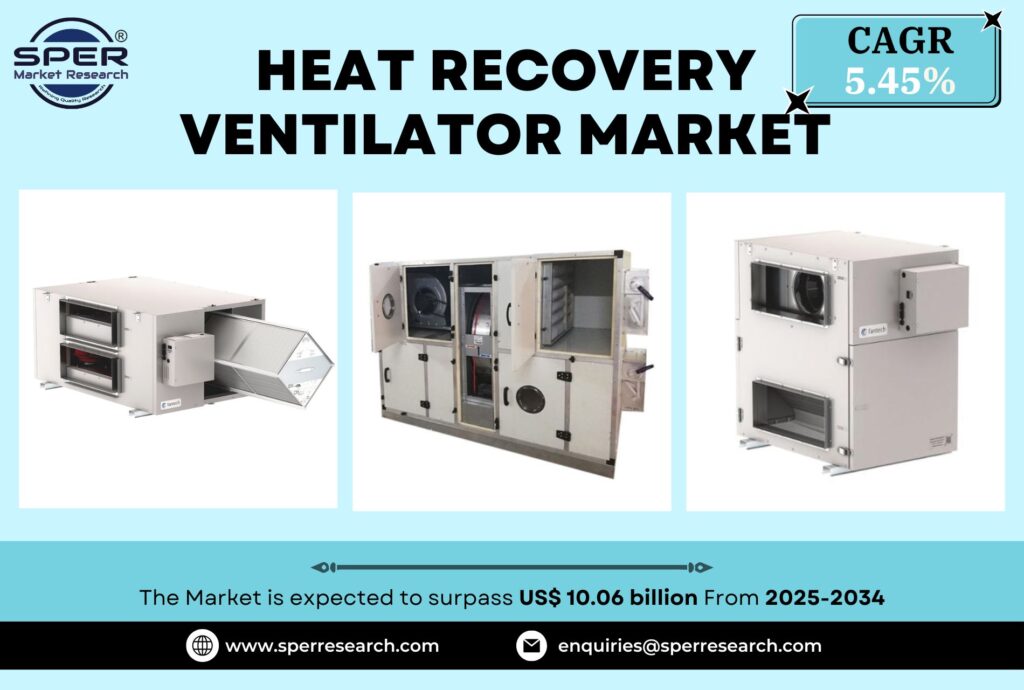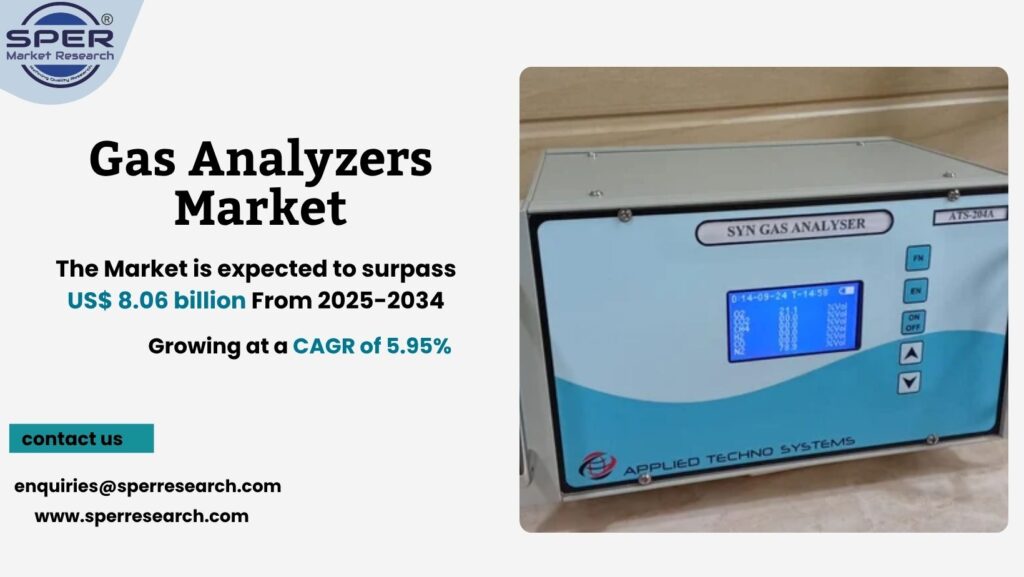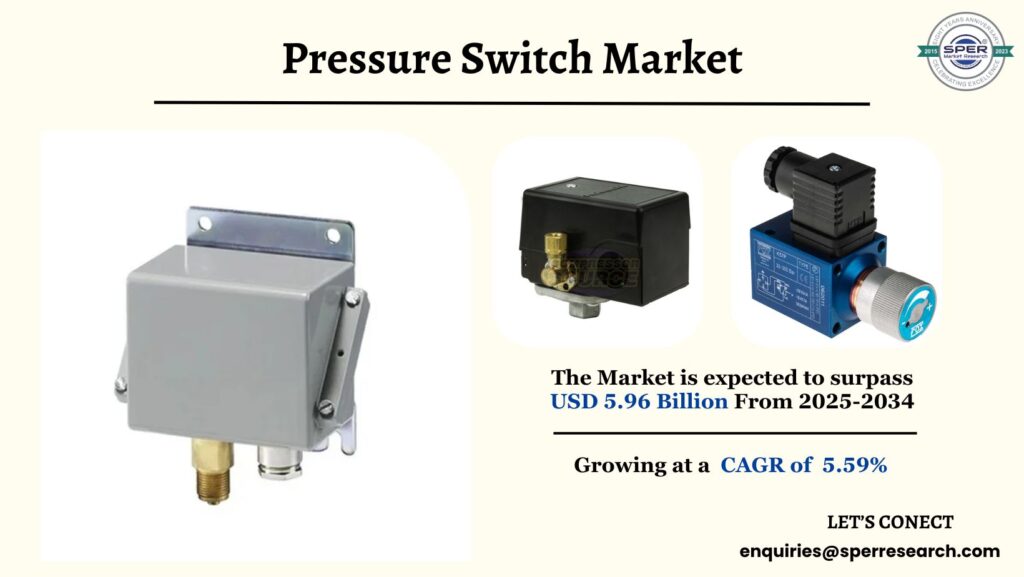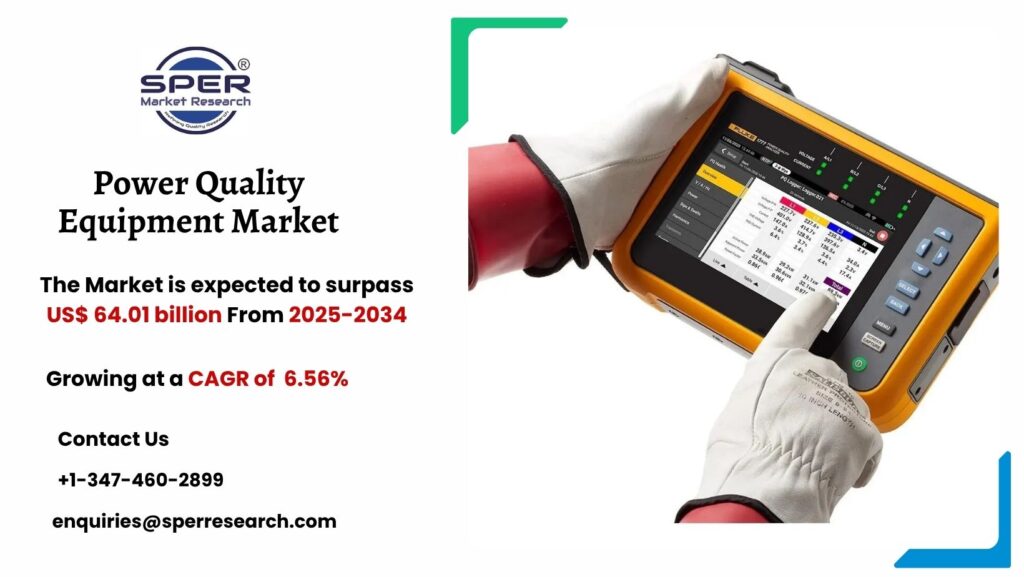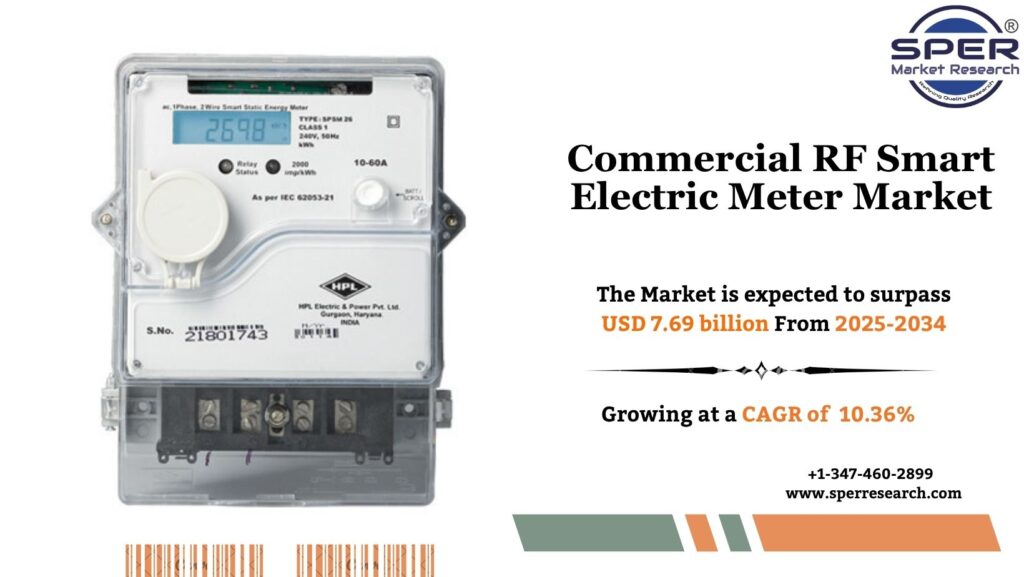Heat Recovery Ventilators (HRVs), which are also referred to as exhaust fan systems equipped with heat recovery, play an essential role in sustaining indoor air quality while lowering energy consumption. These systems are engineered to transfer heat from the outgoing exhaust air to the incoming fresh air, thereby reducing excessive energy use for both heating and cooling. HRVs are especially advantageous in colder climates, where the savings on heating energy can be significant. HRVs use a heat exchanger to transfer heat from the expelled air to the entering fresh air.This method prevents heat loss and decreases electricity consumption needed for heating.
According to SPER market research, ‘Global Heat Recovery Ventilator Market Size- By Ventilation Rate, By Type, By Application, By Deployment, By Distribution Channel – Regional Outlook, Competitive Strategies and Segment Forecast to 2034’ state that the Global Heat Recovery Ventilator Market is predicted to reach 10.06 billion by 2034 with a CAGR of 5.45%.
Drivers:
The market for Heat Recovery Ventilators (HRV) is currently witnessing notable growth, driven by an increasing awareness of energy efficiency and sustainable construction practices. These systems are designed to improve interior air quality by recapturing heat from exhaust air and using it to precondition incoming fresh air. As governments around the globe enforce stricter energy efficiency regulations, the demand for HRVs is expected to grow. Furthermore, the rise in energy costs is prompting property owners to invest in technologies that help diminish heating and cooling expenses. The heightened emphasis on health and wellness is another key factor fueling this demand; consumers are becoming more cognizant of the significance of indoor air quality, which HRVs effectively address by ensuring a supply of fresh air while minimizing energy wastage.
Download the Detailed Analysis in PDF format, Here
Restraints:
The initial installation costs associated with HRVs may exceed those of conventional ventilation systems, which could discourage budget-conscious consumers, particularly in areas where energy prices are lower. In addition, the market faces challenges due to a lack of consumer understanding regarding the advantages of HRVs, as many potential users are not familiar with the operational mechanics of these systems or their long-term cost-saving benefits. Moreover, maintenance obligations may concern some consumers, since improper installation or neglect could result in diminished efficiency and higher operational costs.
North America led the heat recovery ventilator market, holding the largest revenue share in 2024. The North American market is growing swiftly due to the rising demand for energy-efficient solutions and building regulations that prioritize sustainability. The United States and Canada are at the forefront of HRV adoption, with notable growth observed in both residential and commercial sectors. Increased awareness of indoor air quality and energy saving is driving market expansion across the area. Some of the key market players are Carrier, Daikin Industries, Ltd, Reventon Group Sp. z o.o, FUJITSU GENERAL, American Aldes Ventilation Corporation, and others.
For More Information, refer to below link: –
Heat Recovery Ventilator Market Growth
Related Reports:
Global Busbar Protection Market Growth
Porcelain Surge Arrester Market Size
Follow Us –
LinkedIn | Instagram | Facebook | Twitter
Contact Us:
Sara Lopes, Business Consultant — USA
SPER Market Research
enquiries@sperresearch.com
+1–347–460–2899
